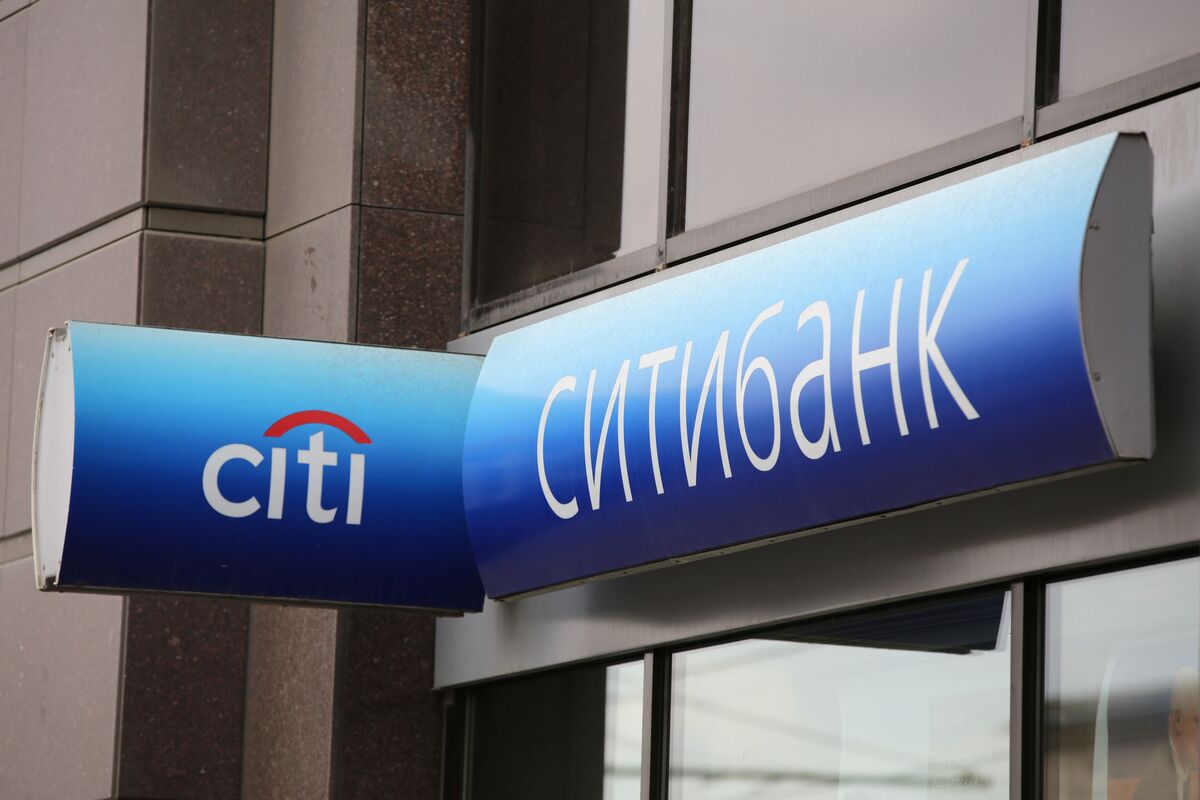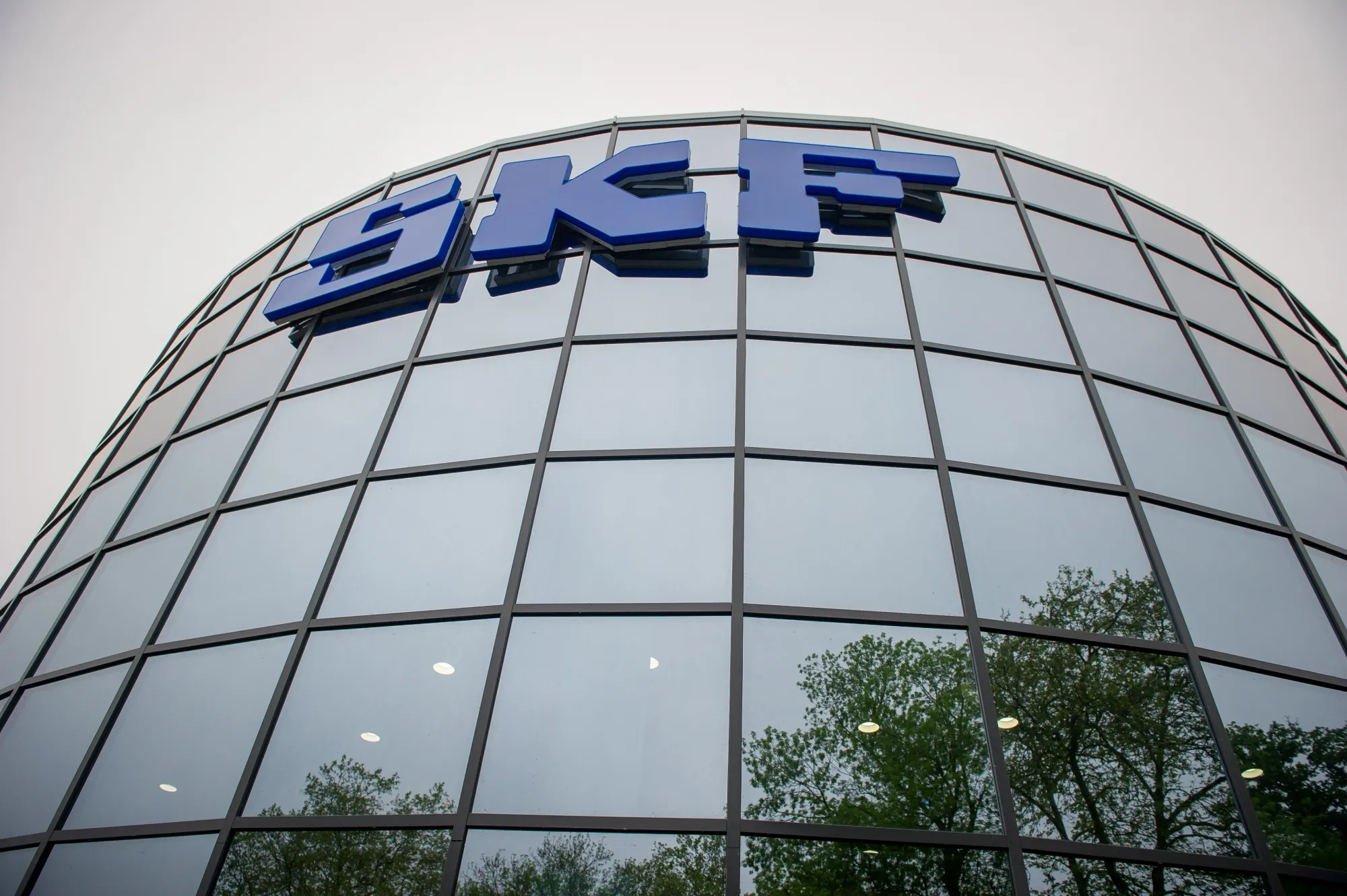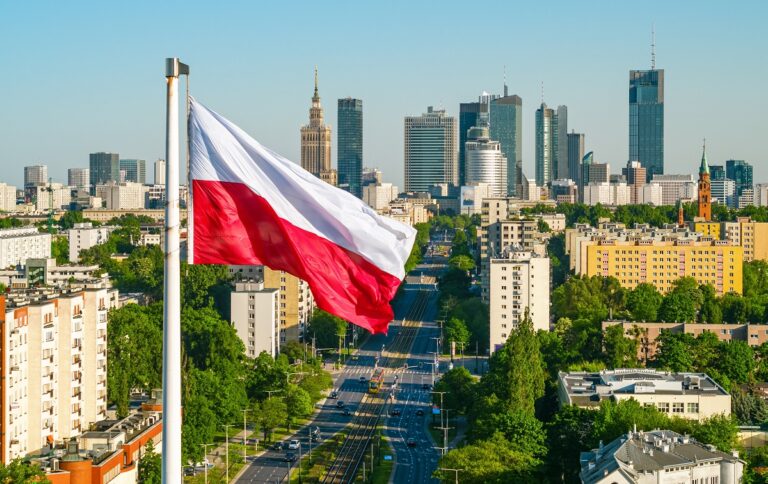Corteva (NYSE: CTVA) Considers Breakup of Seed and Crop Protection Units
Corteva (NYSE: CTVA) is weighing a breakup to separate its high-margin seeds arm from its risk-laden pesticide unit. With seeds at 41% EBITDA margins versus 17% for chemicals, a spin-off could double valuation, lifting shares from ~$70 today toward $160–170.

Seeds of growth and chemicals of risk define Corteva (NYSE: CTVA), a company with a market capitalization of roughly $50 billion that is now evaluating a structural separation of its seeds and crop-protection divisions. The rationale is straightforward: seeds represent a high-margin, ESG-aligned growth business, while crop protection remains cash generative but increasingly constrained by litigation and regulatory overhangs. A split could re-rate Corteva by allowing investors to assign differentiated multiples to businesses with fundamentally different risk and return profiles.
The latest financials underscore the divergence. In the second quarter of 2025, Corteva reported consolidated net sales of $6.46 billion, up 6 percent year-on-year. Seeds contributed $4.54 billion, growing 5 percent year-on-year and generating $1.86 billion in operating EBITDA with a 41 percent margin. Crop protection added $1.92 billion, rising 8 percent year-on-year, with $334 million in EBITDA and a 17 percent margin. Management raised full-year guidance to $17.6–17.8 billion in sales and $3.00–3.20 in EPS, and the market responded swiftly, with shares rising 1.8 percent on September 12, 2025, after reports of a potential breakup emerged.
Segment performance can be broken down as follows, highlighting the sharp margin contrast between the two divisions:
Segment Performance Snapshot (Q2 2025, Real Data)
| Segment | Net Sales (US$B) | YoY % | Operating EBITDA (US$B) | EBITDA Margin |
|---|---|---|---|---|
| Seeds | 4.54 | +5% | 1.86 | 41.0% |
| Crop Protection | 1.92 | +8% | 0.33 | 17.4% |
| Total | 6.46 | +6% | 2.19 | ~34% |
Source: Corteva Q2 2025 earnings release
To put this into perspective, investors will naturally compare Corteva’s profile with peers across both seeds and chemicals. Monsanto’s legacy assets now embedded in Bayer (XETRA: BAYN) face heavy litigation costs, while Syngenta (ChemChina-owned, private) has scale in crop protection but limited ESG appeal. A separated Corteva seed entity could command biotech-like multiples similar to trait-focused peers, while the chemical arm would likely trade closer to mature agrochemical names.
The peer valuation comparison illustrates this divergence in market multiples and investor appetite for growth vs stability:
| Company | Ticker | Market Cap | EV/EBITDA (LTM) | Revenue | EBITDA Margin |
|---|---|---|---|---|---|
| Corteva | CTVANYSE | $50B | ~16x | $17.6–17.8B | Seeds 41%, CP 17% |
| Bayer | BAYNXETRA | $37B | 6–8x | ~$54B | ~20% consolidated |
| BASF | BASXETRA | $40B | ~9x | €75.6B (~$82B) | ~12% |
| FMC | FMCNYSE | $11B | 9–10x | ~$4.5B | ~19% |
| Syngenta | Private (ChemChina) | ~$50B est. | N/A | N/A | N/A |
Sources: Reuters, company filings, multiples.vc, Finbox, valueinvesting.io
Beyond peers, investors will want a quick view of Corteva’s overall positioning in the breakup scenario. This means consolidating balance sheet strength, free cash flow outlook, and regional revenue split.
A tear-sheet summary provides a snapshot of Corteva’s financial health, operating profile, and regional exposures before and after separation:
| Section | Key Points |
|---|---|
| Investment Thesis | Seeds = biotech-like growth & ESG appeal. Crop protection = cash-flow with litigation drag. Breakup allows differentiated multiples (20–22x vs 8–10x). |
| Catalysts | Breakup clarity; seed re-rating; crop-protection M&A; ESG inflows; Africa/Asia expansion. |
| Risks | Spin-off execution; litigation; EU regulation; farmer pushback; FX volatility (BRL/ARS); valuation risk if seeds miss growth. |
| Analyst View | Asymmetric upside: seeds drive re-rating, chemicals provide cash flow. Near-term stock move tied to breakup clarity; medium-term to seed growth durability. |
Finally, the key investor question is valuation. If Corteva were to split its operations, how would market multiples and cash flow forecasts shift under different scenarios? The seeds business could see uplift from ESG-driven inflows, while crop protection could suffer from regulatory drag.
A valuation sensitivity analysis under breakup scenarios helps quantify potential upside and downside across multiple cases:
Assumptions: Seeds EBITDA ≈ $5.0B; Crop Protection EBITDA ≈ $1.2B; Net Debt ≈ $5B; Shares ≈ 700M.
| Seeds EV/EBITDA | CP EV/EBITDA | Implied EV (US$B) | Equity Value (US$B) | Implied Share Price (US$) |
|---|---|---|---|---|
| 20 | 8 | 122 | 117 | 167 |
| 20 | 10 | 124 | 119 | 170 |
| 22 | 8 | 120 | 115 | 164 |
| 22 | 10 | 122 | 117 | 167 |
Equity = EV – Net Debt; Price = Equity ÷ 700M shares.
The strategic outlook remains uneven across regions. In the United States, where Corteva controls roughly one-third of corn and soybean seed sales, a standalone seed entity could command biotech-like multiples, while pesticides would remain exposed to EPA oversight and litigation risks similar to Bayer’s glyphosate cases. In Europe, the Green Deal’s tightening restrictions on synthetic crop-protection products would further constrain chemicals, whereas the seed business could attract inflows from the region’s €4 trillion ESG asset base.
Latin America presents a mixed picture. Brazil’s $15.6 billion pesticide market, dominated by Bayer and Syngenta, leaves Corteva’s chemicals vulnerable to share erosion, yet its seeds remain competitive in Brazilian corn hybrids and Argentine soy. Sub-Saharan Africa illustrates the divergence most clearly: hybrid seed programs in Kenya, Tanzania, and Nigeria align with donor-backed food security strategies, and without pesticide liabilities the seed unit could more easily tap multilateral capital, while the crop-protection side would face ESG-driven stagnation. Asia adds another layer of contrast, with India’s $3.5 billion hybrid seed market offering a promising growth path for seeds even as pesticides face pressure from generics, while in China, state-led food security initiatives favor seed partnerships but protectionist policies continue to limit chemical imports.
Taken together, Corteva’s contemplated breakup highlights the global asymmetry between growth-oriented seed markets and increasingly constrained chemical businesses. The seeds division appears positioned to capture ESG capital and strategic partnerships across multiple regions, while crop protection looks set to face mounting headwinds from regulation, litigation, and competition. For investors, the structural separation could crystallize this divergence in value and risk, reshaping how Corteva is priced in the years ahead.
Final Thoughts
Corteva’s seeds division, with EBITDA margins north of 40% and defensible global demand, resembles a biotech growth platform likely to command 20–22x EV/EBITDA. The crop-protection arm, while delivering cash flow, will be priced closer to 8–10x given regulatory and litigation overhangs. A separation would crystallize this valuation spread, implying potential equity value accretion of 80–100% relative to the current share price. For investors, the seeds unit is the long-duration growth asset; for policymakers, it is the strategic fulcrum of agricultural modernization, while chemicals remain a liability-managed cash generator.





